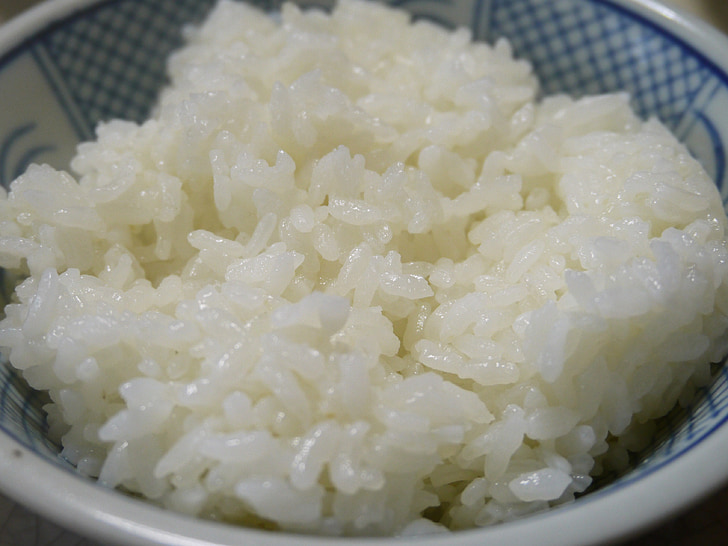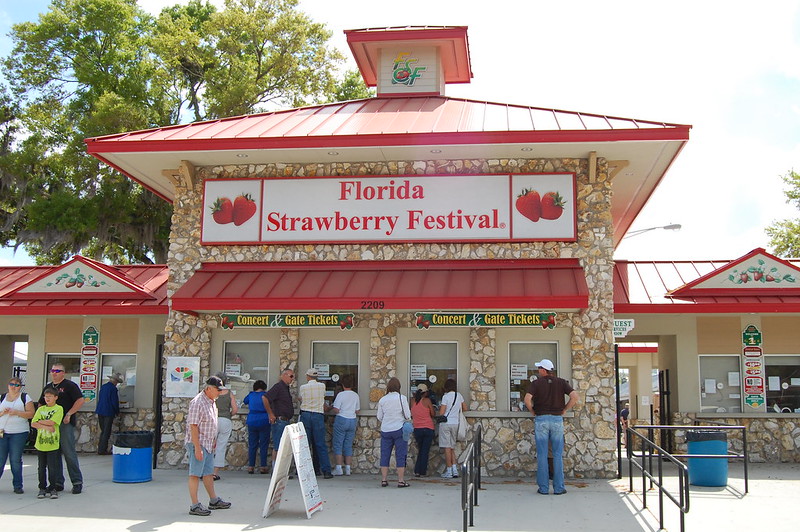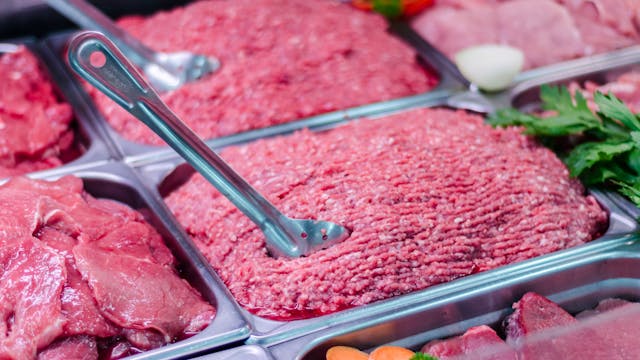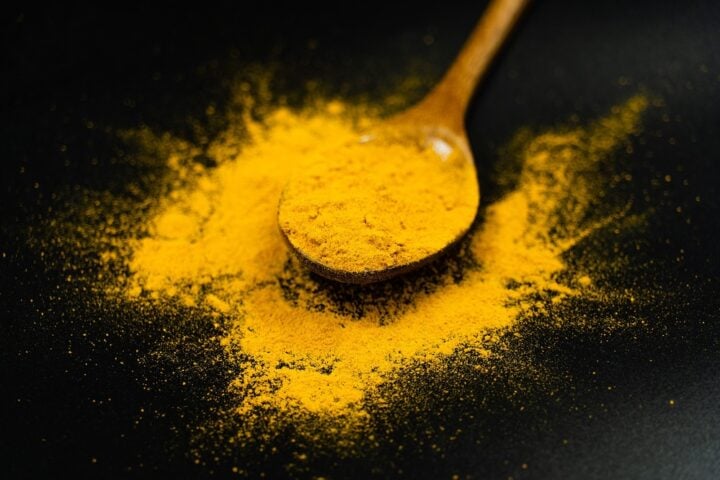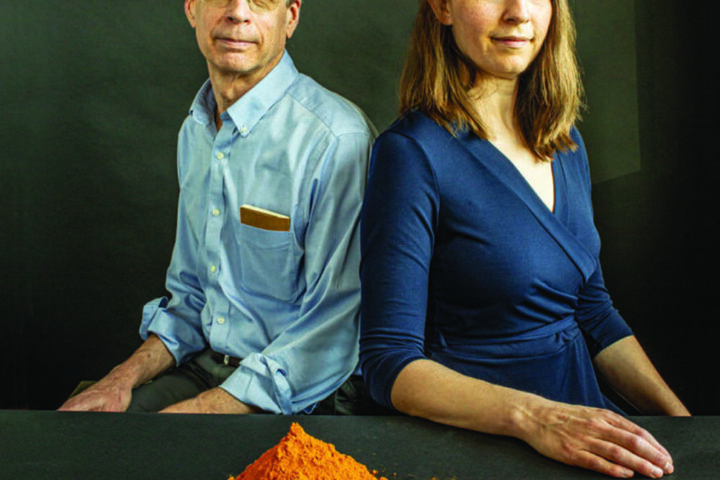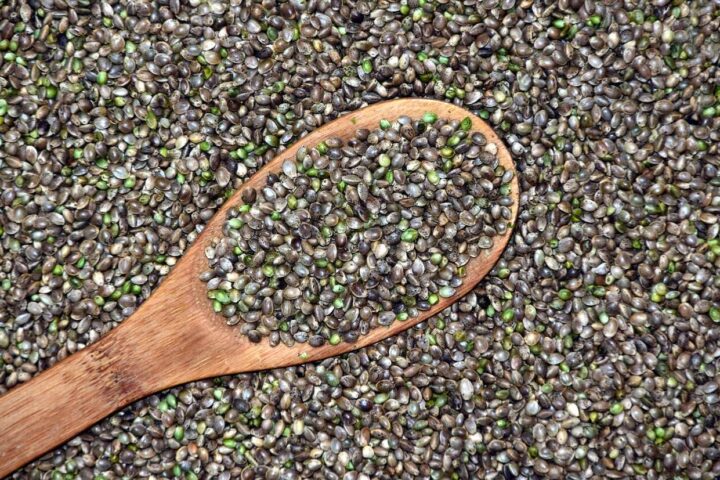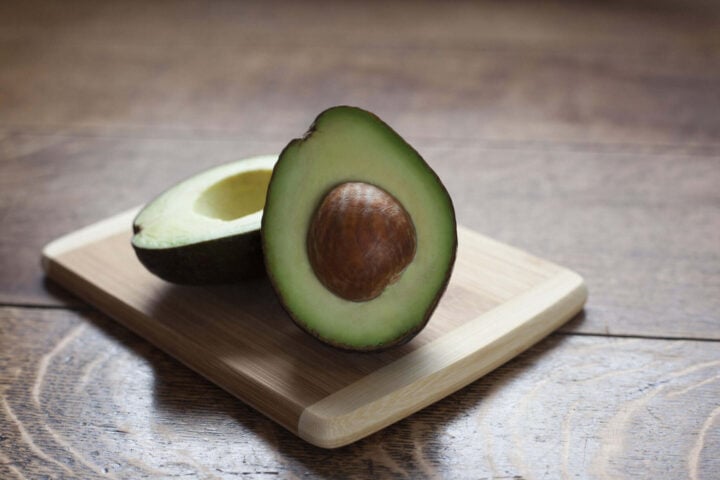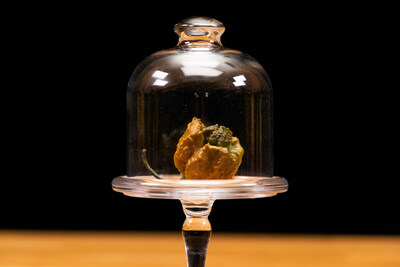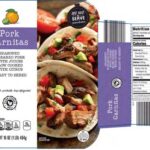Food poisoning cases are rising across the UK, with one surprising culprit gaining attention—cooked rice. Despite being a household staple, many Britons are unaware of the serious health risks that poorly stored rice can pose.
Google search trends show a significant year-on-year increase in queries about rice storage safety, with over 5,400 monthly searches for “how long does rice last in the fridge.” This growing concern reflects heightened awareness about food safety in British homes.
“The rise in food poisoning cases has clearly sparked concern among British households about proper food storage,” said Salah Sun, Head of Product Management at Beko UK. “While many people may be more confident in their cooking abilities, the food storage side of things often creates uncertainty, particularly with foods known to pose higher risks.”
The Hidden Danger in Rice
Uncooked rice can contain spores of Bacillus cereus, bacteria that survive cooking and produce toxins when rice is improperly stored. These toxins cause food poisoning, and surprisingly, reheating the rice does not eliminate them.
“Many people don’t realize that rice can be particularly problematic when it comes to food poisoning,” explained Sun. “Cooked rice should be cooled quickly and stored in the fridge within an hour of cooking. When properly stored in an airtight container, cooked rice can last up to 24 hours.”
The U.S. Department of Agriculture emphasizes keeping food out of the “temperature danger zone” (40°F to 140°F) to prevent bacterial growth. Rice left at room temperature for more than two hours should be discarded rather than refrigerated.
Other High-Risk Foods in Your Refrigerator
Rice isn’t the only dangerous food lurking in refrigerators. Dr. Daniel Atkinson, clinical lead at Treated.com, warns that high-protein foods like meat, fish, milk, cheese, and eggs are particularly susceptible to bacterial contamination.
“The truth is, all food can potentially cause food poisoning,” said Dr. Atkinson. “Food that’s been left out too long, has been kept in the fridge past its use-by date, or leftovers that aren’t reheated properly can all be contaminated with harmful bacteria.”
Matt Taylor, senior manager of food consulting at the NSF, agrees: “Think of those high-protein foods that pathogens love, like meat, fish, milk, cheese, and eggs.”
Leafy greens and pre-cut fruits can also harbor dangerous bacteria like E. coli, Listeria, or Salmonella. University of Connecticut associate professor Dennis D’Amico recommends thoroughly washing produce and using a dedicated scrubbing brush—which should also be regularly cleaned and sanitized.
Misconceptions About Food Safety
Many people wrongly believe they can detect contaminated food through smell or appearance. “Don’t believe that if it smells good, it’s safe to eat,” warned registered dietitian Tracee Yablon Brenner. “Actually, a good deal of harmful bacteria, such as salmonella and listeria, don’t influence the smell, taste, or appearance of food.”
Another common misconception involves refrigeration. “One of the biggest misconceptions I’ve seen is the belief that cold temperatures and refrigeration completely stop the growth of bacteria,” said Jason Reese, an attorney specializing in foodborne illnesses. “While it can slow growth, it doesn’t totally eliminate it, especially for dangerous pathogens, including listeria.”
D’Amico points out that refrigerator temperature is crucial: “The preferred refrigeration temperature is 2° to 4° Celsius (35.6° to 39.2° Fahrenheit), but studies have shown that average consumer refrigerator temperature is closer to 7° C (44.6° F).”
Food Safety Beyond the Home
These concerns extend beyond domestic kitchens. Airlines face unique challenges in ensuring food safety at high altitudes, where meals may be prepared hours or days before consumption.
Temperature control remains essential, with airlines working to keep hot meals above 140°F and cold items below 40°F throughout the entire supply chain. Recent incidents highlight these challenges—just last month, 43 people on consecutive flights from Nepal to Hong Kong experienced food poisoning symptoms after consuming airline meals.
“No matter where food is served—in a restaurant, via catering, or in the sky—food service providers are still obligated to follow all food safety protocols,” noted a leading Listeria lawyer. “The consequences for not doing so could be financial, loss of reputation, or, in the worst of all outcomes, severe injury to those eating contaminated food.”
Similar Posts
Practical Prevention Tips
Food safety experts recommend several practical steps to reduce risk:
- Label food containers with dates using painter’s tape and a permanent marker
- Review expiration dates regularly
- Discard food when in doubt
- Refrigerate leftovers within two hours
- Keep refrigerator temperature below 40°F (4°C)
- Take food recalls seriously
“If you aren’t sure how long food has been in the fridge, throw it away,” advised Taylor from NSF. “While it might feel wasteful at times to throw out food that’s suspect, you’ll feel better knowing you’re taking fewer risks.”
Frequently Asked Questions
How long can cooked rice safely stay in the refrigerator?
Cooked rice should be consumed within 24 hours of refrigeration for maximum safety. Be sure to cool it quickly and refrigerate it within one hour of cooking in an airtight container. If rice has been left at room temperature for more than two hours, experts recommend discarding it rather than risking foodborne illness.
Why is cooked rice particularly dangerous compared to other leftovers?
Uncooked rice can contain spores of Bacillus cereus, which survive the cooking process. When cooked rice sits at room temperature, these spores can grow into bacteria and produce heat-resistant toxins that cause food poisoning. Unlike some other forms of food contamination, reheating rice doesn’t eliminate these toxins once they’ve formed, making proper initial storage crucial.
What temperature should my refrigerator be set to for food safety?
For optimal food safety, your refrigerator should be set between 35.6°F and 39.2°F (2°C to 4°C). Studies show that many home refrigerators run at around 44.6°F (7°C), which is too warm and allows bacteria to grow slowly. Consider using a refrigerator thermometer to verify your appliance is maintaining safe temperatures.
Can I tell if food is contaminated by its smell or appearance?
No, you cannot reliably detect harmful bacteria through smell, taste, or appearance. While some spoiled foods may have obvious signs, dangerous pathogens like Salmonella and Listeria often cause no detectable changes. Food can look and smell perfectly fine but still contain harmful bacteria that can cause illness.
What are the most high-risk foods for bacterial contamination?
High-protein foods, including meat, fish, milk, cheese, and eggs, are particularly susceptible to bacterial contamination. Cooked rice and pasta can harbor Bacillus cereus. Leafy greens and pre-cut fruits can be contaminated with E. coli, Listeria, or Salmonella. Ready-to-eat deli meats can also pose significant risks if not properly handled and stored.
How long can prepared food safely sit out at room temperature?
The general rule is that perishable foods should not remain in the “temperature danger zone” (40°F to 140°F or 4°C to 60°C) for more than two hours. In hot weather (above 90°F/32°C), this time is reduced to just one hour. After this time, bacteria can multiply to dangerous levels. Always refrigerate perishable foods promptly after cooking or serving.
